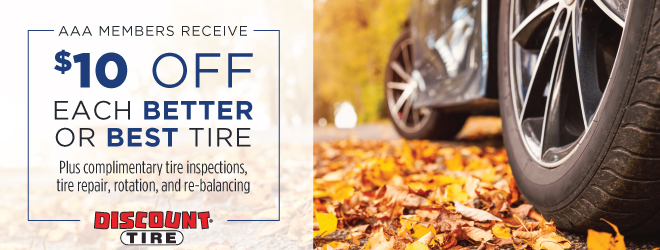Installation
Tire chains should be installed on the drive wheels of the vehicle following the chain manufacturer’s instructions. To retain as much of the normal handling characteristics of 4WD/AWD vehicles as possible, tire chains should be installed on all four tires, requiring the purchase of two pairs of tire chains.
Sizing
Select chains that are the correct size for the tires. A proper fit is key to receiving the desired performance and durability. Do not deflate tires to install tire chains. A correctly sized tire chain will fit over a properly inflated tire. Additionally, because there is typically no source of compressed air to refill a deflated tire, driving with low tire pressure may cause permanent damage to the tire. Snow chains may not be available for all tire sizes.
Types of Chains
Use only SAE Class “S” chains. The restricted wheel well clearance in most of today’s down-sized and front drive vehicles require tire chains to operate in an envelope that is no greater than 1.46-inches vertically and .59-inches laterally around the tire. These minimum clearances must be maintained between the tires and the vehicle’s fenders, suspension, struts, brake lines and braces.
Pre-Fitting Chains
It is important to pre-fit chains prior to use. Not doing so could result in damage to your vehicle or you may have to abandon your anticipated journey all together. Since tire chains are only really required when weather is at its worst, it’s a good idea to get familiar with chain installation before there is snow and ice on the ground. You may want to buy a tire chain installation helper. These small ramps are designed to prevent slipping and allow you to lay a cross chain in a pre-formed indentation. Once you drive onto the ramp, the chains are positioned under your tire for easier installation following the manufacturer’s directions.
Chain Requirements
Tire chains should always be carried in the trunk during the appropriate times of the year and only mounted on the vehicle when warranted by driving conditions or required by law. Chain requirements can change depending on the region and severity of the snowstorm, so it’s best to be prepared. For additional details and up-to-the-minute chain requirements status, please visit our Winter Prep Road Conditions resource page.
When highway signs indicate tire chain requirement, a driver will usually have about one mile between the “Chains Required” signs and the passage checkpoint. However, these control areas can shift rapidly from place to place because of changing weather and road conditions.
After Chaining Up
After initial chain installation, all of the tire chains should be re-tightened after the vehicle has been slowly driven forward or backward at least 15 feet. Failure to do so may allow the chains to remain loose, risking damage to the vehicle and reducing chain life.
- Accelerate and decelerate slowly. Avoid overconfidence in your grip on the road; starting or stopping too quickly can cause your wheels to spin or lock up, even with traction devices.
- Limit the vehicle’s speeds to within the recommended range provided by the tire chain manufacturer.
- Do not drive with a broken chain. If a cross chain should fail, stop immediately and make necessary repairs.
Removing Chains
Remove all aftermarket traction devices as soon as the vehicle reaches clear roads. When removing chains, drive beyond the signs reading “End Chain Control” to a pull-off area where you can safely remove them.
While it sounds like snow chains are considered a last resort for when the conditions get really bad, preparation before driving into snow country in winter is important because it helps control a potentially frustrating and tiring driving experience.
Help Your Tire Socks Last Longer
When used only on snow and ice, tire socks can be reused over and over. Just don’t drive on bare or wet pavement with them on. That’ll wear them out fast. And don’t leave them on while you’re parked. Over time, they can freeze in place and make it difficult for you to get moving again.
How to Remove Tire Socks
Removal is just as easy. Pull them off the top of your tire, drive forward a few feet, and pull them off completely.
AAA Members Save On Tires
Put your member benefits to use this winter season with savings on Better and Best brand tires from Discount Tire. Find location near you!



